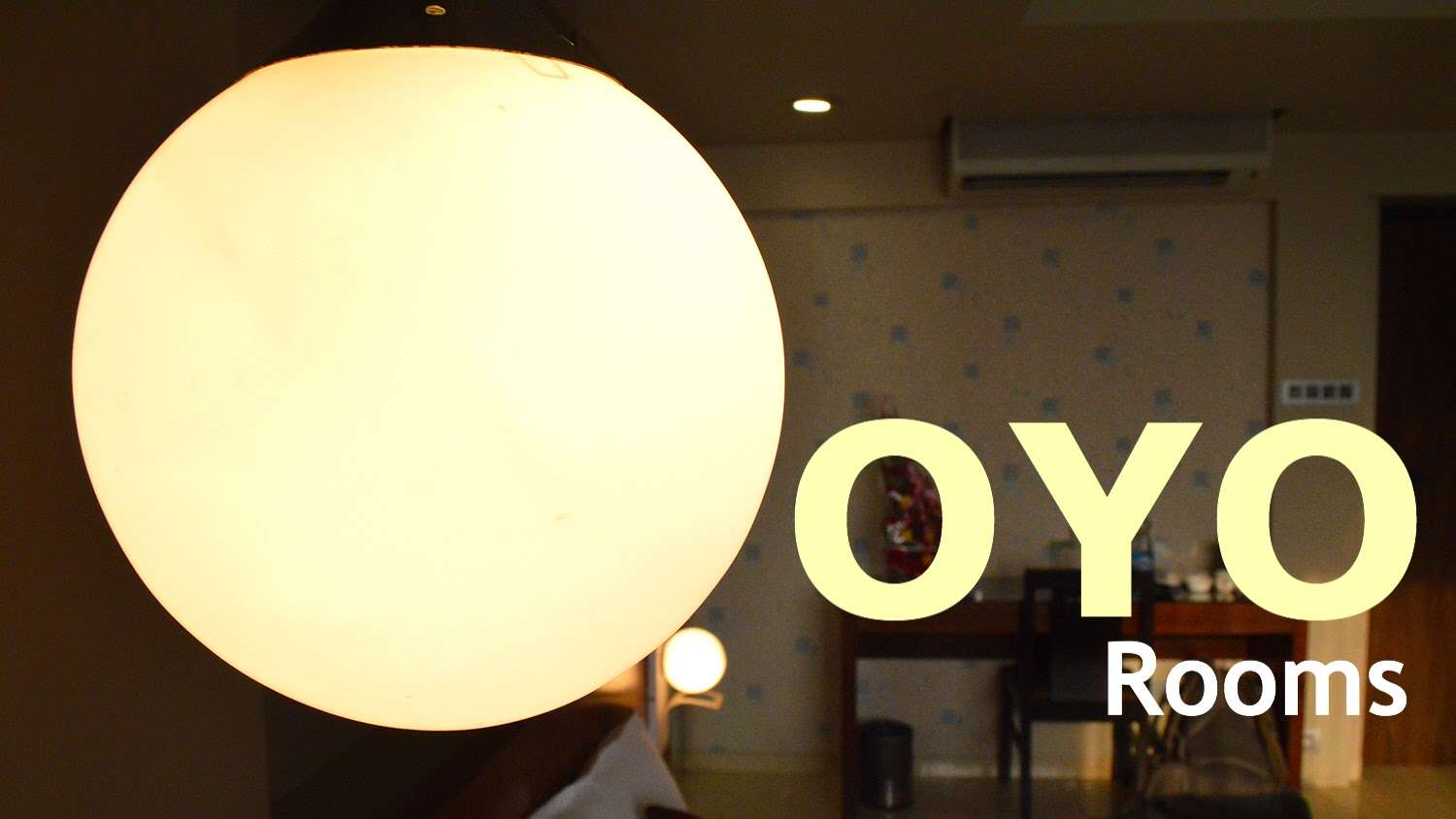OYO disrupted the traditional hospitality industry by aggregating budget hotels, standardizing them, and offering a seamless digital booking experience. If you’re aiming to build a hotel booking business like OYO, this comprehensive guide will walk you through every step—from planning and development to scaling.
1. Understanding OYO’s Business Model
OYO operates a hybrid business model, combining online travel agency (OTA) dynamics with hospitality management.
Key Models:
- Aggregator Model: Partnering with independent hotels to list them on the app.
- Franchise Model: Offering branding, software, and standard operating procedures (SOPs) in exchange for a revenue share.
- Lease Model: Leasing properties, renovating them, and managing them under the OYO brand (capital-intensive).
Revenue Streams:
- Commission from bookings (10–30%)
- Franchise fees
- Markups on dynamic pricing
- Ancillary services (Wi-Fi, early check-in, etc.)
2. Market Research and Opportunity Identification
a. Choose Your Target Market
- Urban centers, tourist destinations, business hubs
- Budget, mid-scale, or boutique segments
b. Competitive Analysis
Study platforms like:
- OYO Rooms
- Airbnb
- MakeMyTrip
- Treebo
- Booking.com
c. Identify Gaps
- Poorly rated hotels with low online visibility
- Destinations with limited tech adoption
- Lack of standardization in budget accommodations
3. Key Features of a Hotel Booking App Like OYO
a. User App (Guest Side)
- Hotel search with filters (price, location, amenities)
- Photos, reviews, and room details
- Price comparison and offers
- Real-time availability and instant booking
- Payment integration
- Booking history
- Chat and customer support
b. Hotel Partner App / Portal
- Property onboarding
- Room availability and pricing controls
- Booking and payment history
- Performance analytics
- Reviews management
- Promotional tools
c. Admin Panel
- Partner and user management
- Content moderation
- Analytics and revenue tracking
- Dynamic pricing control
- Dispute resolution tools
4. UI/UX Design
a. Wireframes and Prototypes
Use tools like Figma or Adobe XD to sketch out:
- Hotel listing pages
- Booking funnel
- Review and payment screens
- Partner dashboard
b. Mobile Responsiveness
Ensure flawless performance across Android, iOS, tablets, and web browsers.
c. User Experience Best Practices
- Fast-loading pages
- Easy navigation
- Smart recommendations and autofill
- One-click rebooking for frequent travelers
5. Technology Stack for an OYO-like App
a. Front-End
- Mobile: React Native or Flutter for cross-platform apps
- Web: React.js or Angular
b. Back-End
- Node.js, Python (Django), Ruby on Rails, or Laravel
- RESTful APIs or GraphQL
c. Database
- PostgreSQL, MySQL, or MongoDB
d. Booking Engine
- Real-time inventory sync
- Calendar API integration
- Dynamic pricing algorithm
e. Payment Integration
- Stripe, Razorpay, PayPal, Apple Pay, UPI
f. Cloud & Hosting
- AWS, Google Cloud, or DigitalOcean
g. Geolocation & Maps
- Google Maps API for hotel locations, nearby attractions
h. Communication APIs
- Twilio or Firebase for SMS/email/push notifications

6. Development Timeline and Process
a. Phase 1 – MVP (3–5 months)
- User registration
- Hotel listing and filtering
- Room booking with payments
- Admin dashboard
b. Phase 2 – Advanced Features (5–8 months)
- Partner onboarding
- Loyalty programs
- Review and rating system
- Live chat support
c. Phase 3 – Scaling (9–12 months)
- AI-based recommendations
- Smart pricing engine
- Multi-language and currency support
7. Legal, Licensing & Operations
- Register your business (LLC, Pvt. Ltd., etc.)
- Draft agreements for hotel partners
- Ensure hotel partners meet local lodging laws
- Build a legal team to handle consumer and property disputes
8. Partner Onboarding & Management
a. Partner Outreach
- Run a hotel acquisition campaign
- Offer free onboarding and training
- Highlight benefits: increased visibility, software tools, standardized branding
b. Quality Control
- Audit hotels for cleanliness, security, and amenities
- Set SOPs for partner compliance
c. Relationship Management
- Dedicated account managers
- Incentives for high performance
- Partner referral programs
9. Marketing and Growth Strategy
a. Launch Strategy
- Target high-demand cities with underutilized hotels
- Offer deep discounts and referral bonuses
- Partner with travel influencers
b. Digital Marketing
- SEO-optimized landing pages for each city
- Google Ads and Facebook retargeting
- Instagram reels showcasing hotel stays
c. Content Strategy
- Start a blog on budget travel tips, hotel hacks, local guides
- Integrate YouTube videos and customer stories
d. PR & Branding
- Position your platform as the “X for local hotels”
- Run campaigns focused on hygiene, safety, or affordability
10. Monetization Models
- Commission per booking (10%–30%)
- Annual/subscription fees for partners
- Sponsored listings (boosted visibility for hotels)
- Dynamic pricing surcharges
- Membership/loyalty programs (e.g., free night after 5 bookings)
11. Customer Support & Retention
- 24/7 in-app chat support
- IVR-based phone system
- Refund and complaint escalation workflow
- Automated feedback requests after each stay
12. Challenges You’ll Face
- Convincing hotels to standardize operations
- High churn among budget hotel partners
- Reputation management (fake reviews, poor service)
- Balancing deep discounts with profitability
13. Scaling and Expansion Strategy
a. Regional Scaling
- Launch city-by-city, starting with Tier 1 and 2 cities
- Tailor offers based on local travel trends
b. New Services
- Vacation rentals, homestays
- Co-working and co-living spaces
- Long-term stays for students and digital nomads
c. White-labeling Your Software
- Offer your tech to other aggregators or regional hotel chains
Conclusion
Launching a business like OYO is about more than just developing an app—it’s about transforming an industry with tech, standardization, and service. With the right business model, tech infrastructure, and marketing approach, you can build a competitive hotel booking platform.
By following this roadmap, you’ll be able to:
- Launch a Minimum Viable Product (MVP)
- Onboard hotel partners at scale
- Provide a seamless customer booking experience
- Grow and expand into regional or global markets
Want Help Building Your Own OYO-like Platform?
- Need a business plan or pitch deck?
- Want a cost breakdown tailored to your region?
- Need UI/UX mockups or wireframes?

